Here Are 16 Airports That Might Scan Your Face This Holiday Season
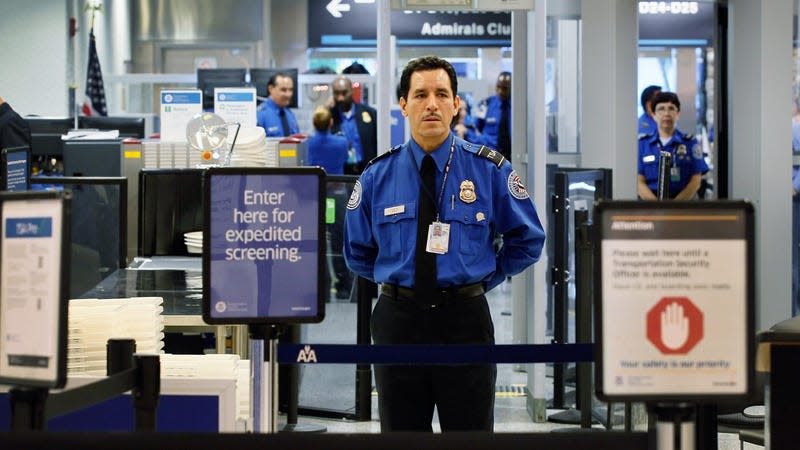
From dumping out water bottles to picking easy to slip off shoes, most air travelers have grown accustomed to the regulatory and bureaucratic dance that is navigating major airports. Increasingly, however, travelers may soon encounter a new accessory en route to their destination: a facial recognition scan.
Private airliners, from Delta to American, have experimented with some form of optional facial recognition services for flight check ins for years, as has The Transportation Security Administration which currently offers the service for security screenings at 16 U.S. airports. Travelers who opt to use the TSA’s service—formally referred to as Credential Authentication Technology with Camera—will submit photos to a facial recognition enabled kiosk in place of the human agent identification check passengers undergo immediately before they pass through security screening.
Read more
In a nutshell, travelers using the service will insert their government issued ID and then have the camera scan their face for around five seconds to verify they are who they say they are. In its early phase, human agents still stand by to double check the system’s work.
Proponents of the program, like TSA Program Analyst Jason Lim, argue the system both speeds up wait time for consumers and is simultaneously more accurate than a human agent. In other words, according to the TSA, facial recognition in airports is a win-win.
“This technology is definitely a security enhancement,” Lim said in an interview with The Washington Post. “We are so far very satisfied with the performance of the machine’s ability to conduct facial recognition accurately.”
Like many recent biometric identification programs, The Post notes, the TSA’s facial recognition system saw a bump up in usage as customers looked for more contactless options during the covid-19 pandemic.
Privacy vs. Convenience
Concerns over algorithmic racial bias lie at the heat of privacy debates surrounding facial recognition, both in airports and in wider environments. For years researchers have shown time and time again that facial recognition detection systems struggle to identify black and brown people with the same level of accuracy as white faces. While some of the industry’s top developers have pointed to new reports suggesting that accuracy gap is closing, privacy experts like Nate Wessler, the American Civil Liberty Union’s Deputy Director of the ACLU’s Speech, Privacy, and Technology Project warn that those figures only tell part of the story.
Speaking with Gizmodo last year, Wessler said it was unlikely facial recognition services in imperfect environments would be able to replicate the same levels of accuracy seen in some high profile facial recognition tests.
“These are probabilistic algorithms that are making their best guess based on the quality of the photo that’s uploaded and what’s in the database and how the algorithm was trained,” Wessler said.
There are other accuracy considerations aside from racial bias as well. What happens, for example, if a potential traveler has grown a hearty pandemic era beard but their driver’s license is clean shaven? Similarly what happens if any other number of facial augmentation occurs that weren’t present in the original photo? TSA officials speaking with The Post said variations like those would have negligible effects on detection rate, however, hard data on those failure rates remains hard to come by.
For now, it’s true facial recognition at airports are optional and sold as a “convenience” product. That distinction is of little recourse for some concerned privacy experts like Surveillance Technology Oversight Project Executive Director Albert Fox Cahn who warned The Post that many biometric identification programs, “are only optional in the introductory phase.”
“Over time we see them becoming standardized and nationalized and eventually compulsory,” Cahn added. “There is no place more coercive to ask people for their consent than an airport.”
In many ways, airports are a dream come true for security companies hoping to persuade consumers to fork over their biometric data. Excruciatingly long lines at airports, both for check in and security, can be almost comically maddening and stressful, particularly during the mad rush of holiday seasons.
Ironically, a decent chunk of that glut (shoes off please) trickled downstream of hyper strict security protocols implemented by the TSA in response to outlier security situations. With facial recognition, the TSA and its private industry partners offer a line cutting “convenience” service to solve a problem, essentially of their own creation. All that can disappear, however, if travelers simply relinquish their hold on face, iris, and other biometric data. Where that data will ultimately end up down the line, well that remains to be seen.
Regardless of whether you welcome facial recognition with open arms or recoil at its mere suggestion, you can continue clicking through to see if your local airport may be one of the 16 looking into the tech.
Ronald Reagan Washington National Airport
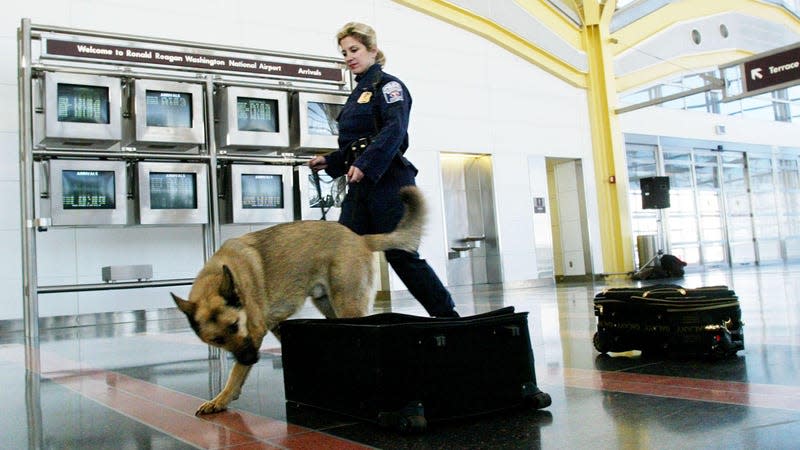
The Ronald Reagan Washington National Airport, started its pilot of the new TSA tech back in 2020 at the height of the pandemic. At the time, the tech was billed as a potential new solution to reduce person to person contact. Though many pandemic restrictions at airports have eased since then, the facial recognition system remains in place.
“In light of COVID-19, advanced health and safety precautions have become a top priority and part of the new normal for TSA,” TSA Administrator David Pekoske said according to State Scoop in a press release. “As a result, we are exploring rapid testing and deployment of this touchless, self-service technology.”
LAX Los Angeles International Airport
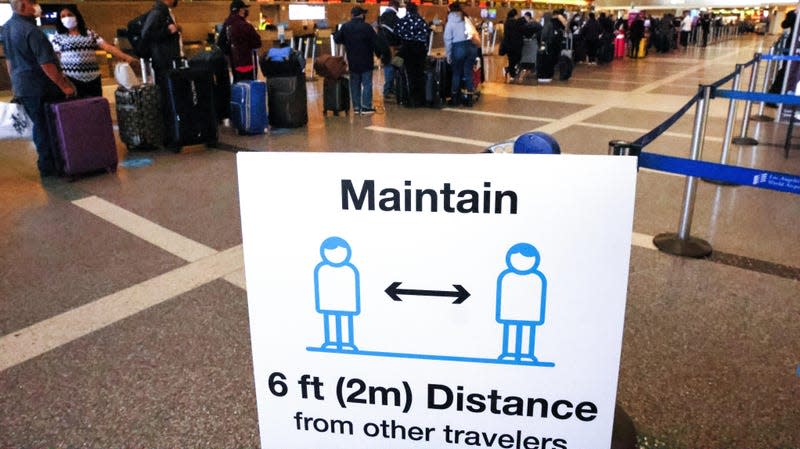
The TSA officially introduced its facial recognition kiosks to LAX security checkpoints earlier this year. TSA officials say they are collecting data from those scans to measure the rate and accuracy of its system and “evaluate the overall performance of the units in a busy security checkpoint environment.”
“As a longtime partner with TSA on innovation, LAX has lead the way in developing, testing and implementing new technology and procedures which enhance safety and streamline the guest experience,” Los Angeles World Airports Chief Executive Officer Justin Erbacci said in a press release “By leaning further into the use of biometrics and the use of new technologies, we once again are setting new industry standards for safety, security and efficiency.”
Orlando International Airport
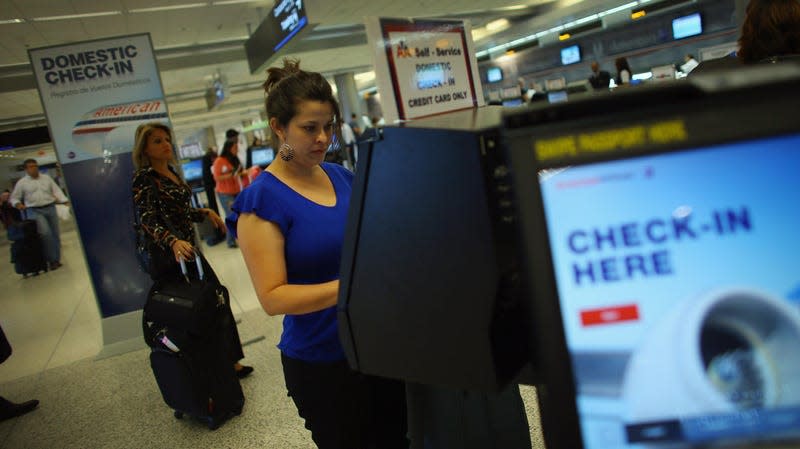
Though Orlando International Airport has just recently partnered with the TSA for domestic screening, it actually has one of longest histories with the tech of any airport on the list. Starting in 2018, the Orlando airport became the first to ask all departing and arriving international passengers to undergo a face scan.
Dallas/Fort Worth International Airport
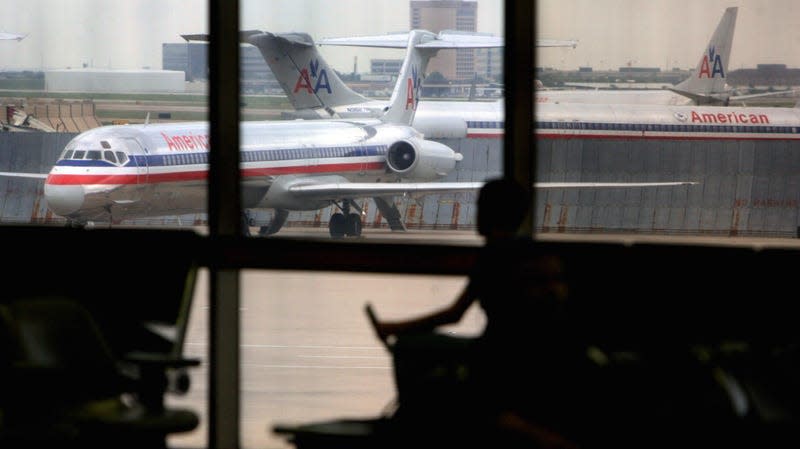
The Dallas/Fort Worth International Airport started testing out the TSA’s facial reaction scanners earlier this year. As of July, the airport reportedly had 19 of the scanners with at least on in each terminal. Nearby Dallas Love Field airport is expected to start testing out the tech soon as well.
Hartsfield-Jackson Atlanta International Airport
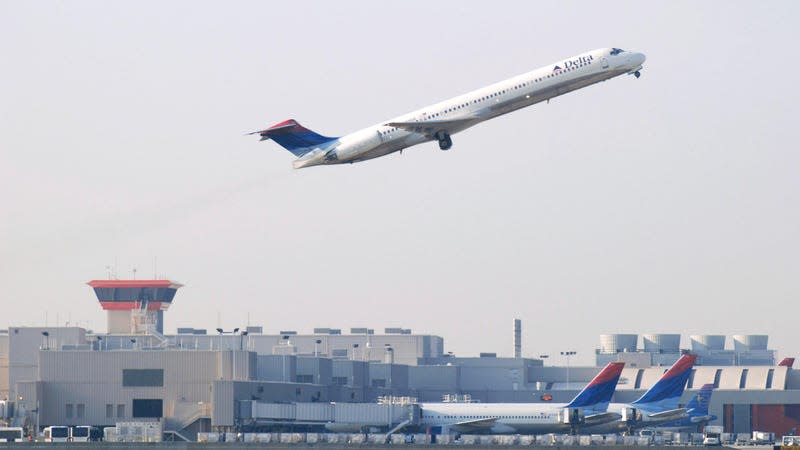
Atlanta’s International airport began using the TSA’s kiosk this year, though the airport has had ties to the technology dating back a few years. Atlanta-based Delta Airlines first rolled out its own options facial recognition identification service for customers at the airport in 2018. Those efforts only expanded in 2020 as the airport opted to embrace more “hands free and touch free” experiences.
Boston Logan International Airport
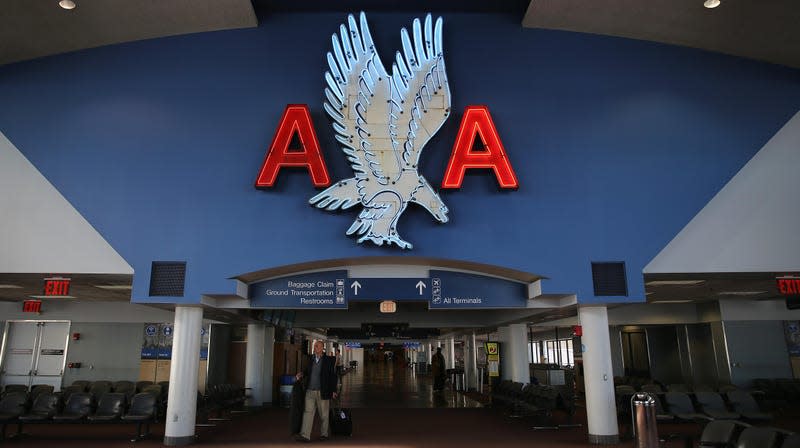
Boston’s Logan Airport this year revealed it was one of the airports involved in the TSA test rollout. Prior to that, in 2020, U.S. Customs officials introduced a similar technology to screen international arrivals to the airport.
“TSA is exploring the use of facial recognition technology to automate identity verification at airport checkpoints and modernize the screening experience for travelers,” a TSA spokesperson said in an interview with The Boston Herald earlier this year. “Facial recognition technology has the potential to enhance security effectiveness, improve operational efficiency and yield a more streamlined passenger experience at the TSA checkpoint.”
Baltimore Washington International, Thurgood Marshall Airport
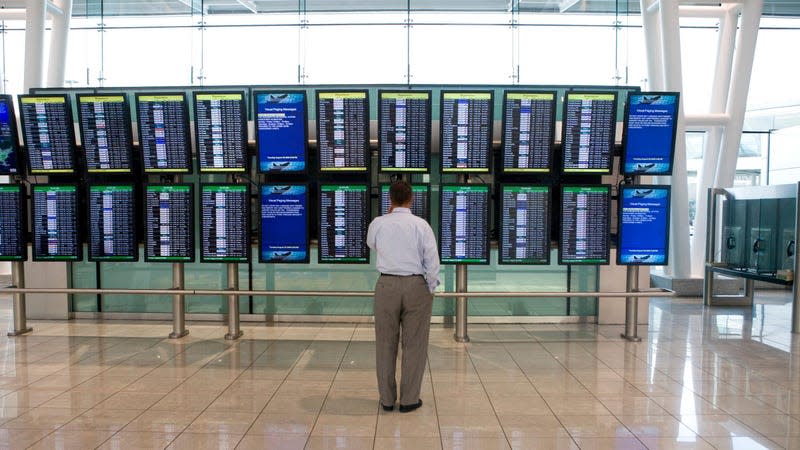
In addition to testing the TSA’s kiosk-style facial verification system the Baltimore Washington International Airport will also begin using a similar technology to scan the faces of international flight arrivals. The Customs and Border Patrol program, dubbed, “Simplified Arrival, is optional for U.S. citizens and may not be required for select foreign nationals not required to provide biometrics.
Denver International Airport
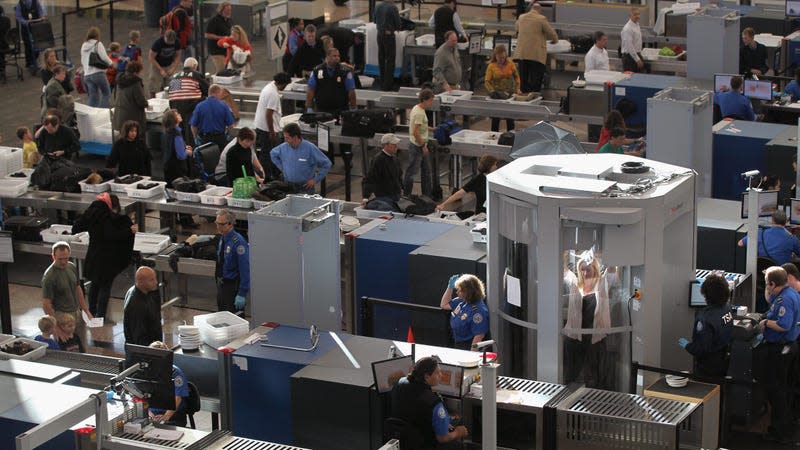
Denver’s international airport announced its partnership with the TSA in November. The kiosks at the Denver airport are unique because they come equipped with special readers capable of reading digital driver’s licenses. Colorado became one of only a handful of states earlier this year to let residents download a digital copy of the driver license for official use.
Gulfport-Biloxi International Airport

Jackson-Medgar Wiley Evers International Airport
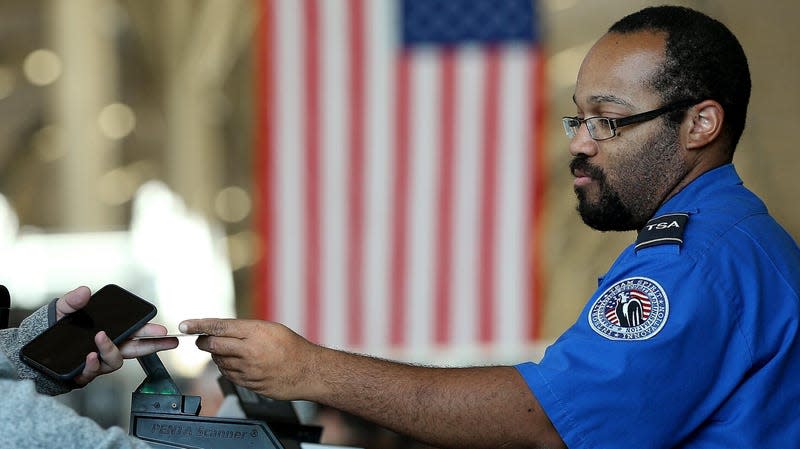
Harry Reid International Airport, Las Vegas
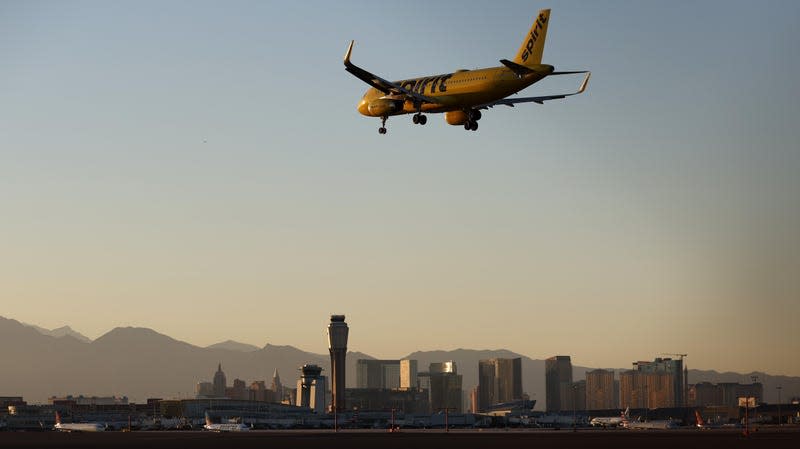
Gamblers and show goers making their way to Sin City have been able to try out the TSA’s facial recognition service since late 2019. The tests reportedly kicked off in the TSA pre-check lane in Terminal 3.
“LAS is an Innovation Task Force site where various technologies may be tested by TSA,” TSA spokeswoman Lorie Dankers told The Las Vegas Review Journal. “It is one of several ITF airports nationwide.”
Miami International Airport
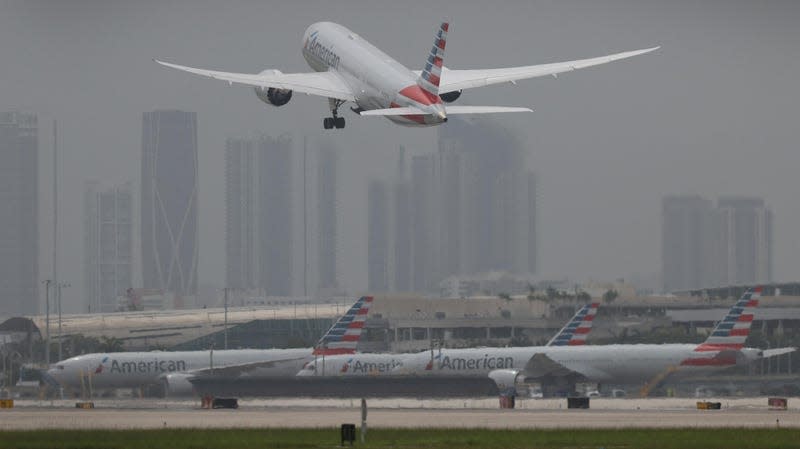
Miami already has a profound facial recognition set up outside of security checkpoints. Earlier this year, the airport announced its facial recognition systems would be installed in a total of 130 international gates by 2023.
“We look forward to elevating our passenger experience with this state-of-the-art boarding solution,” Miami International Airport Director and CEO Ralph Cutié, said in a statement, “MIA is now the busiest U.S. airport for international travel and continues to set new records each month for passenger growth. Biometric boarding is one of the major steps we are taking to pave the way for additional growth in the years to come.”
Phoenix Sky Harbor International Airport
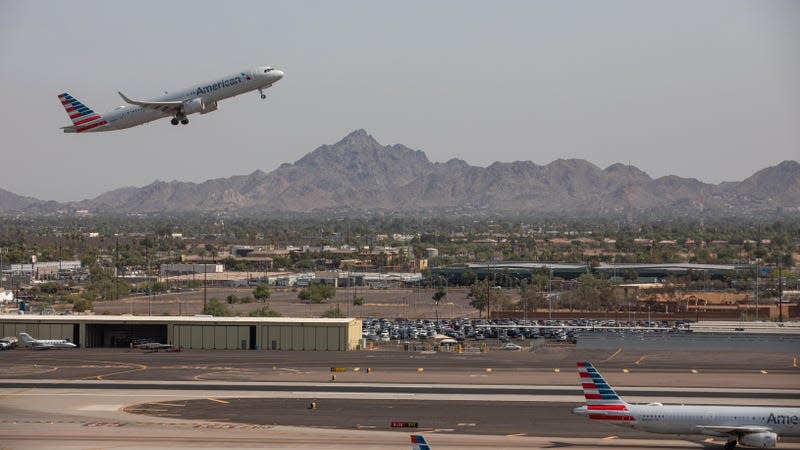
San Jose International Airport
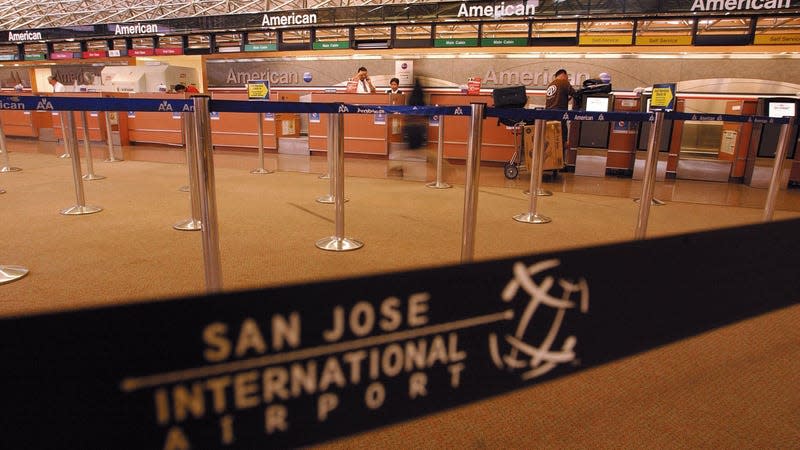
Like other airports on this list, the San Jose International Airport has offered a facial recognition verification system for international flights for years. The airport said it planned to implement biometrics for all departing passengers from seven gates in 2018.
“The use of biometrics technology will help cut down wait times and enhance the overall experience for our international travelers, especially as we continue to see unprecedented growth,” San Jose Mayor Sam Liccardo said in a statement.
Salt Lake City International Airport
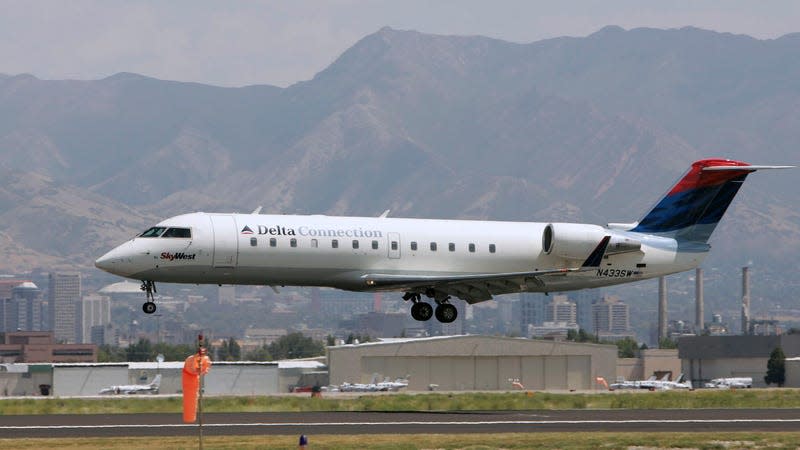
Salt Lake City International Airport began utilizing the TSA’s Credential Authentication Technology this summer. That technology is meant to work in tandem with the TSA’s relatively new automated baggage inspection system, according to Fox 13. That system reportedly has six integrated Explosive Detection Systems that create a 3-D image of luggage to get a sense of what’s inside.
Detroit Metropolitan Wayne County Airport
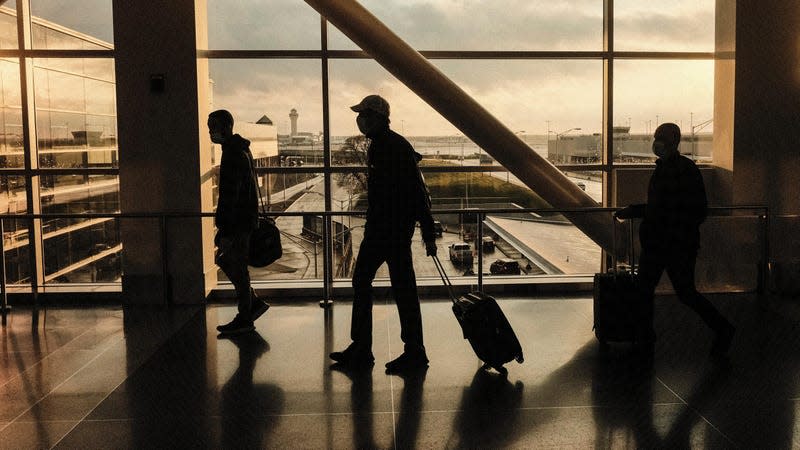
Earlier this year, the TSA and the Detroit Metropolitan Wayne County Airport announced they were working together to start testing facial verification for selected Delta Air Lines SkyMiles members at TSA checkpoints. Like others on this list, Detroit airport officials heralded the automated process for its “touchless” qualities.
“Particularly now, in the midst of this pandemic, self-service technologies that enhance security and reduce physical contact seem worthwhile to test, and we are glad to support this initiative,” Detroit’s TSA Federal Security Director Steve Lorincz said in a statement. “This is one of many such pilots at domestic airports, and we continue new test parameters, this time with airline and interagency partners.”
More from Gizmodo
Sign up for Gizmodo's Newsletter. For the latest news, Facebook, Twitter and Instagram.
